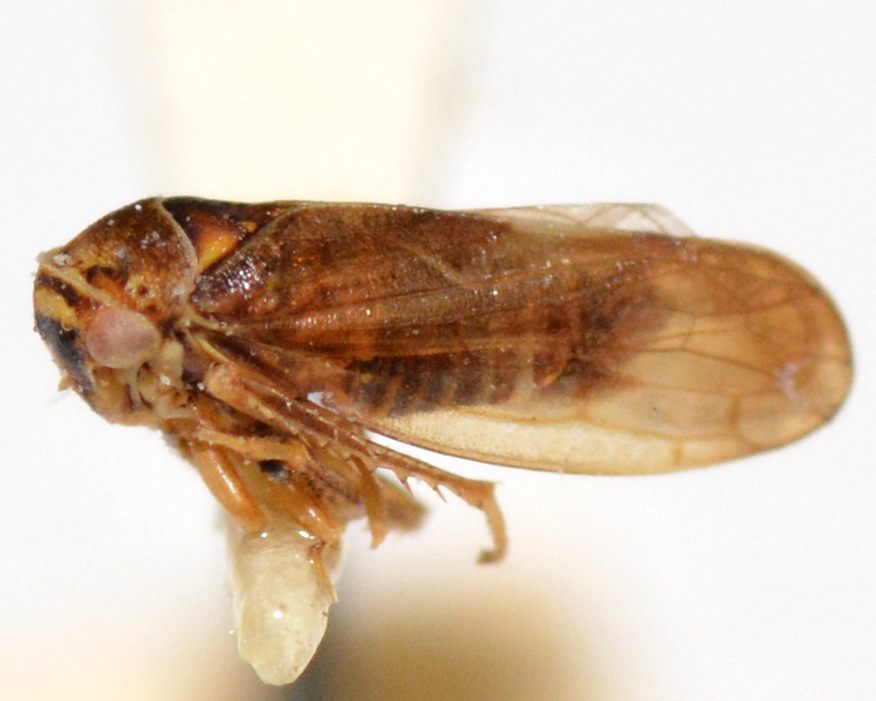Species Photo Gallery for Oncopsis flavidorsum No Common Name |
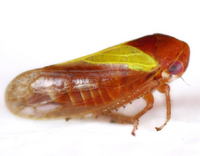 | Photo by: Kyle Kittelberger, Brian Bockhahn, Paul Scharf
Avery Co.
Comment: grassy and vegetated, shrubby habitat surrounded by forest; rare female color form | 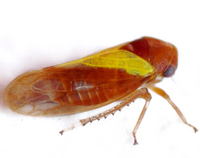 | Photo by: Kyle Kittelberger, Brian Bockhahn, Paul Scharf
Avery Co.
Comment: grassy and vegetated, shrubby habitat surrounded by forest; rare female color form |
 | Photo by: Kyle Kittelberger, Brian Bockhahn, Paul Scharf
Avery Co.
Comment: grassy and vegetated, shrubby habitat surrounded by forest; rare female color form | 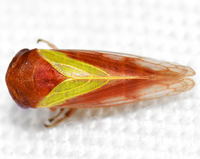 | Photo by: Kyle Kittelberger, Brian Bockhahn, Paul Scharf
Avery Co.
Comment: grassy and vegetated, shrubby habitat surrounded by forest; rare female color form (3%) |
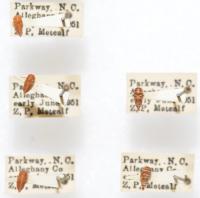 | Photo by: Kyle Kittelberger
Alleghany Co.
Comment: NCSU specimens; nymph |  | Photo by: Kyle Kittelberger
Out Of State Co.
Comment: NCSU specimen; male |
 | Photo by: Kyle Kittelberger
Out Of State Co.
Comment: NCSU specimen; male |  | Photo by: Kyle Kittelberger
Out Of State Co.
Comment: NCSU specimen; male |
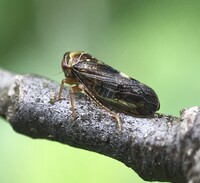 | Photo by: Ted Wilcox
Watauga Co.
Comment: unid_leafhopper | 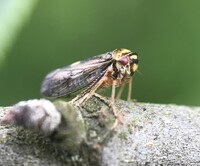 | Photo by: Ted Wilcox
Watauga Co.
Comment: unid_leafhopper |
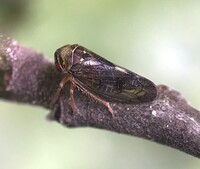 | Photo by: Ted Wilcox
Watauga Co.
Comment: unid_leafhopper |  | Photo by: Ted Wilcox
Watauga Co.
Comment: unid_leafhopper |
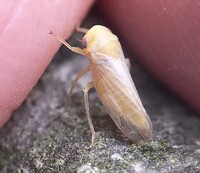 | Photo by: Ted Wilcox
Watauga Co.
Comment: |  | Photo by: Ted Wilcox
Watauga Co.
Comment: unid_leafhopper |
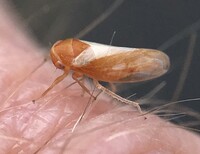 | Photo by: Ted Wilcox
Watauga Co.
Comment: unid_leafhopper |  | Photo by: Ted Wilcox
Watauga Co.
Comment: unid_leafhopper |
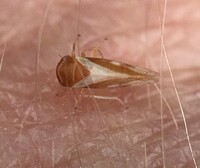 | Photo by: Ted Wilcox
Watauga Co.
Comment: unid_leafhopper | 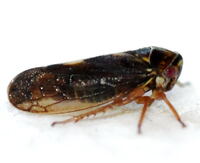 | Photo by: Kyle Kittelberger, Brian Bockhahn, Paul Scharf
Avery Co.
Comment: male |
 | Photo by: Kyle Kittelberger, Brian Bockhahn, Paul Scharf
Avery Co.
Comment: male | 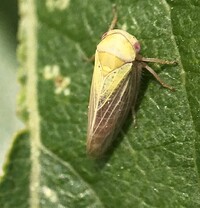 | Photo by: Ted Wilcox
Watauga Co.
Comment: An Alder and a Willow were somewhat intertwined. It was on the Willow, but i do not know which plant it was associated with. - unid_leafhopper |
 | Photo by: Ted Wilcox
Watauga Co.
Comment: An Alder and a Willow were somewhat intertwined. It was on the Willow, but i do not know which plant it was associated with. - unid_leafhopper | 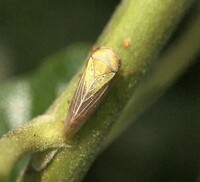 | Photo by: Ted Wilcox
Watauga Co.
Comment: An Alder and a Willow were somewhat intertwined. It was on the Willow, but i do not know which plant it was associated with. - unid_leafhopper |
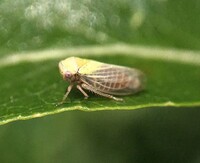 | Photo by: Ted Wilcox
Watauga Co.
Comment: An Alder and a Willow were somewhat intertwined. It was on the Willow, but i do not know which plant it was associated with. - unid_leafhopper | 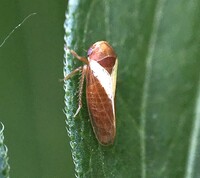 | Photo by: Ted Wilcox
Watauga Co.
Comment: |
 | Photo by: Ted Wilcox
Watauga Co.
Comment: |  | Photo by: Ted Wilcox
Watauga Co.
Comment: |
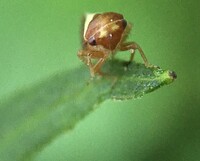 | Photo by: Ted Wilcox
Watauga Co.
Comment: | 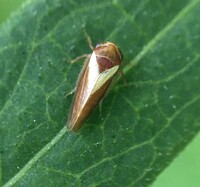 | Photo by: Ted Wilcox
Watauga Co.
Comment: |
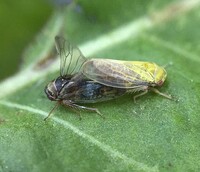 | Photo by: Ted Wilcox
Watauga Co.
Comment: | 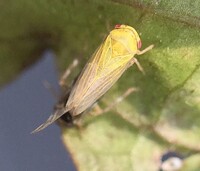 | Photo by: Ted Wilcox
Watauga Co.
Comment: |
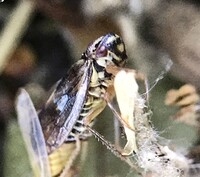 | Photo by: Ted Wilcox
Watauga Co.
Comment: |  | Photo by: Ted Wilcox
Watauga Co.
Comment: |
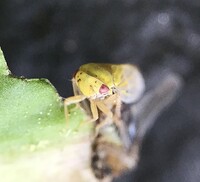 | Photo by: Ted Wilcox
Watauga Co.
Comment: | 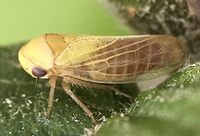 | Photo by: Ted Wilcox
Watauga Co.
Comment: |
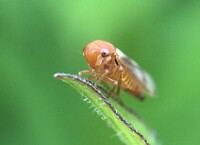 | Photo by: Ted Wilcox
Watauga Co.
Comment: unid_leafhopper | 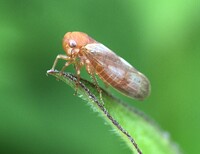 | Photo by: Ted Wilcox
Watauga Co.
Comment: unid_leafhopper |
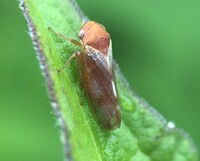 | Photo by: Ted Wilcox
Watauga Co.
Comment: unid_leafhopper | 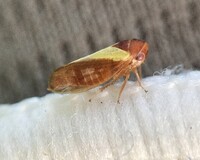 | Photo by: Ted Wilcox
Watauga Co.
Comment: unid_treehopper |
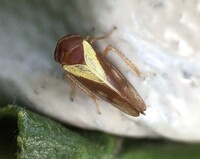 | Photo by: Ted Wilcox
Watauga Co.
Comment: unid_treehopper | 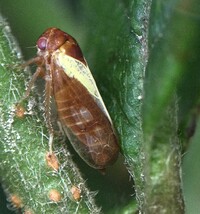 | Photo by: Ted Wilcox
Watauga Co.
Comment: unid_treehopper |
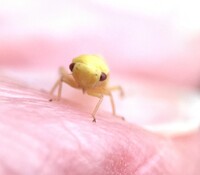 | Photo by: Ted Wilcox
Watauga Co.
Comment: unid_leafhopper | 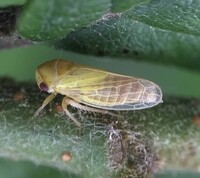 | Photo by: Ted Wilcox
Watauga Co.
Comment: unid_leafhopper |
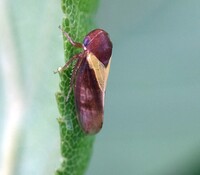 | Photo by: Ted Wilcox
Watauga Co.
Comment: unid_leafhopper | 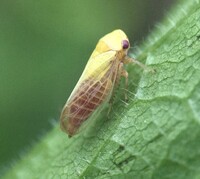 | Photo by: Ted Wilcox
Watauga Co.
Comment: unid_leafhopper |
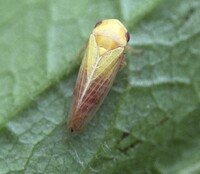 | Photo by: Ted Wilcox
Watauga Co.
Comment: unid_leafhopper |  | Photo by: Ted Wilcox
Watauga Co.
Comment: unid_leafhopper |
 | Photo by: Ted Wilcox
Watauga Co.
Comment: | 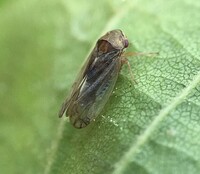 | Photo by: Ted Wilcox
Watauga Co.
Comment: |
 | Photo by: Ted Wilcox
Watauga Co.
Comment: | 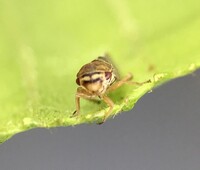 | Photo by: Ted Wilcox
Watauga Co.
Comment: |
 | Photo by: Ted Wilcox
Watauga Co.
Comment: unid_leafhopper | 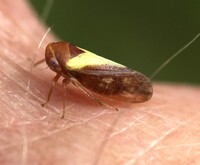 | Photo by: Ted Wilcox
Watauga Co.
Comment: unid_leafhopper |
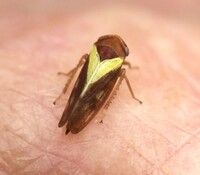 | Photo by: Ted Wilcox
Watauga Co.
Comment: unid_leafhopper | 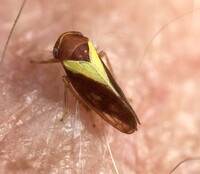 | Photo by: Ted Wilcox
Watauga Co.
Comment: unid_leafhopper |
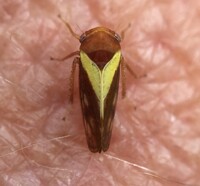 | Photo by: Ted Wilcox
Watauga Co.
Comment: unid_leafhopper | 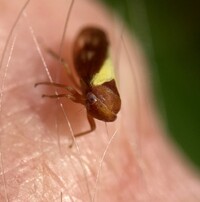 | Photo by: Ted Wilcox
Watauga Co.
Comment: unid_leafhopper |
 | Photo by: Ted Wilcox
Watauga Co.
Comment: unid_leafhopper | 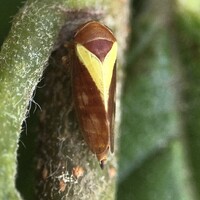 | Photo by: Ted Wilcox
Watauga Co.
Comment: unid_leafhopper |
 | Photo by: Ted Wilcox
Watauga Co.
Comment: unid_leafhopper | 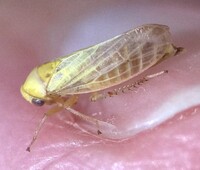 | Photo by: Ted Wilcox
Watauga Co.
Comment: unid_leafhopper |
 | Photo by: Ted Wilcox
Watauga Co.
Comment: unid_leafhopper | 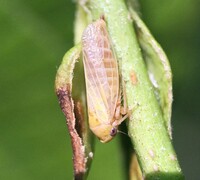 | Photo by: Ted Wilcox
Watauga Co.
Comment: unid_leafhopper |
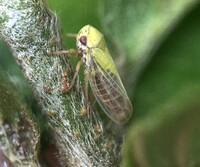 | Photo by: Ted Wilcox
Watauga Co.
Comment: unid_leafhopper | 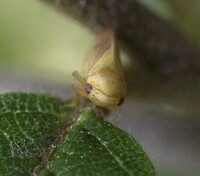 | Photo by: Ted Wilcox
Watauga Co.
Comment: unid_leafhopper |
 | Photo by: Ted Wilcox
Watauga Co.
Comment: unid_leafhopper |  | Photo by: Ted Wilcox
Watauga Co.
Comment: unid_leafhopper |
 | Photo by: Ted Wilcox
Watauga Co.
Comment: unid_leafhopper | 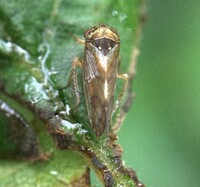 | Photo by: Ted Wilcox
Watauga Co.
Comment: unid_leafhopper |
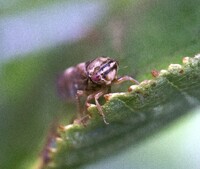 | Photo by: Ted Wilcox
Watauga Co.
Comment: unid_leafhopper |  | Photo by: Ted Wilcox
Watauga Co.
Comment: unid_leafhopper |
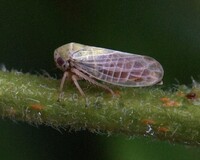 | Photo by: Ted Wilcox
Watauga Co.
Comment: unid_leafhopper | 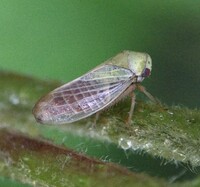 | Photo by: Ted Wilcox
Watauga Co.
Comment: unid_leafhopper |
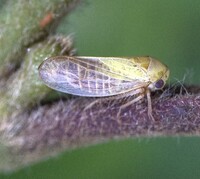 | Photo by: Ted Wilcox
Watauga Co.
Comment: unid_leafhopper | 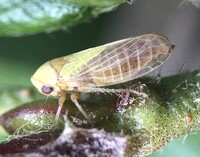 | Photo by: Ted Wilcox
Watauga Co.
Comment: unid_leafhopper |
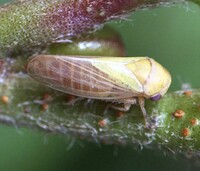 | Photo by: Ted Wilcox
Watauga Co.
Comment: unid_leafhopper |  | Photo by: Ted Wilcox
Watauga Co.
Comment: unid_leafhopper |
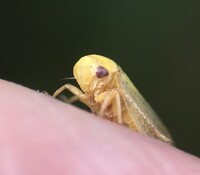 | Photo by: Ted Wilcox
Watauga Co.
Comment: unid_leafhopper |

 »
»